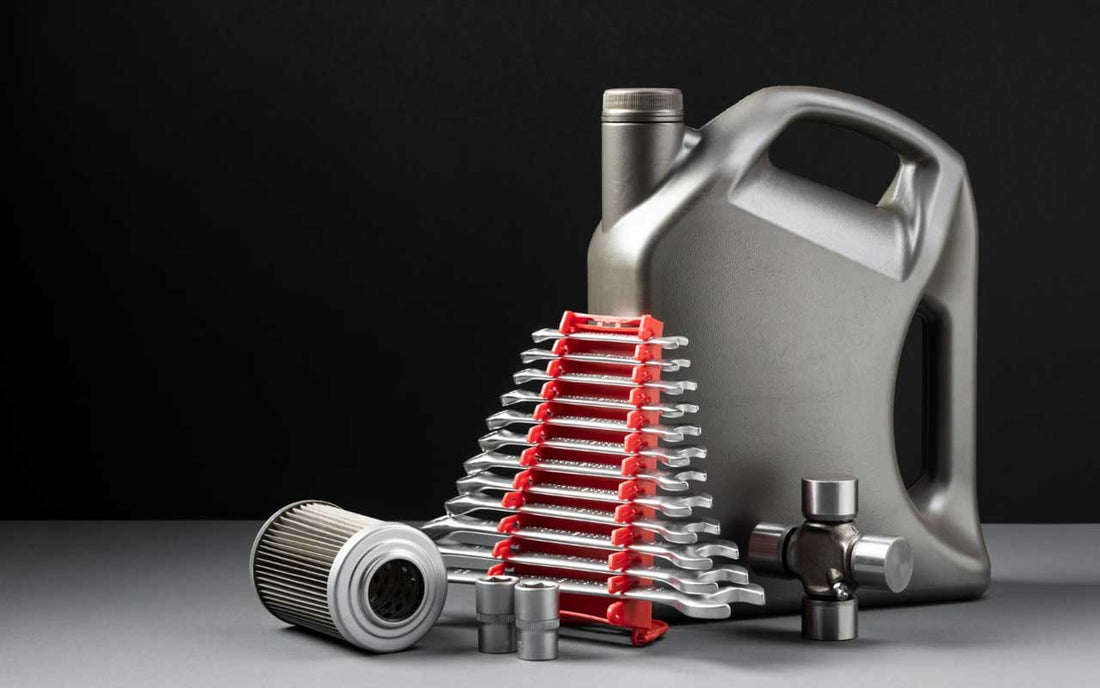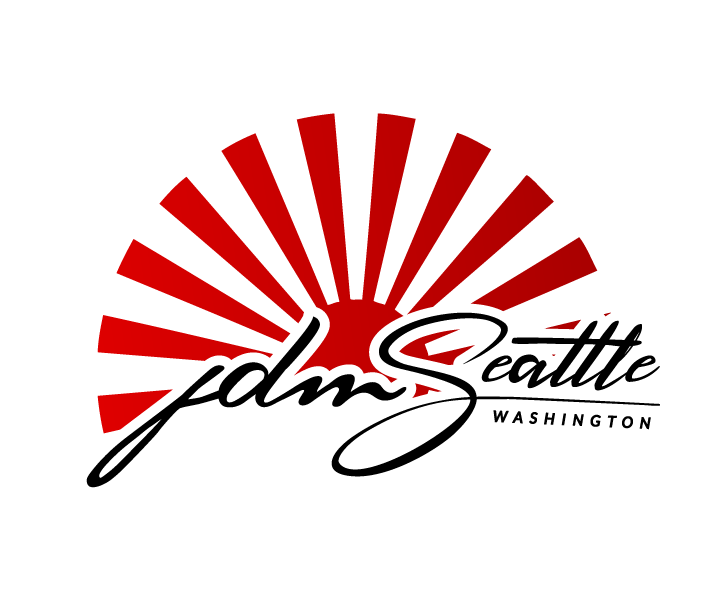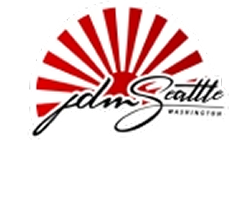
10 Pro Tips for JDM Engine Maintenance
Introduction
Owning a JDM engine comes with the responsibility of proper maintenance to keep it performing at its best for years to come. These Japanese Domestic Market engines are known for their power and reliability, but imported engines require specific care to ensure longevity. This blog will provide you with professional tips to extend the life of your JDM engine and maintain its high performance.
Table of Contents
- Use High-Quality Engine Oil and Change it Regularly
- Replace the Timing Belt and Water Pump Immediately After Purchase
- Keep an Eye on the Cooling System
- Regularly Check and Replace Filters
- Monitor Your Spark Plugs and Ignition System
- Fuel Up with High-Quality Gasoline
- Perform Regular Leak Inspections
- Clean the Intake and Exhaust System
- Check Compression Levels Periodically
- Stay on Top of ECU and Tuning Updates
1. Use High-Quality Engine Oil and Change it Regularly
Regular oil changes are crucial for maintaining the health of your JDM engine. Using high-quality oil can make a significant difference in lubrication, performance, and longevity.
Why It’s Important:
Fresh oil keeps moving parts lubricated and reduces friction, which prolongs engine life.
It also helps to manage the temperature of the engine, preventing overheating.
Pro Tip: Change your oil every 3,000 to 5,000 miles, especially if your JDM engine is turbocharged. Use the manufacturer’s recommended oil grade for the best results.
2. Replace the Timing Belt and Water Pump Immediately After Purchase
Timing belts and water pumps are essential components of your engine, especially for older or imported engines that might have been sitting unused for a while.
Why It’s Important:
A broken timing belt can cause severe damage to the engine's internal components.
Replacing the water pump along with the timing belt ensures efficient engine cooling.
Pro Tip: If your JDM engine's maintenance history is unknown, prioritize replacing the timing belt and water pump immediately after purchase.
3. Keep an Eye on the Cooling System
A well-maintained cooling system is essential for preventing your engine from overheating, which can cause severe and expensive damage.
Why It’s Important:
Overheating can warp internal engine components, leading to leaks and reduced performance.
Pro Tip: Regularly inspect the radiator, hoses, and thermostat. Ensure that your coolant levels are adequate and that the coolant is clean. For performance engines, consider upgrading to a high-flow radiator.
4. Regularly Check and Replace Filters
Your engine’s air and fuel filters ensure that no contaminants enter vital parts of the system. Over time, these filters get clogged and need replacing to maintain optimal performance.
Why It’s Important:
Dirty air filters restrict airflow, reducing engine efficiency.
Clogged fuel filters can cause poor fuel delivery, leading to reduced performance.
Pro Tip: Check your air filter every 10,000 miles and replace it as needed. Change your fuel filter around every 30,000 miles, or according to manufacturer recommendations.
5. Monitor Your Spark Plugs and Ignition System
Your JDM engine's ignition system is responsible for delivering the spark needed for combustion. Worn-out spark plugs or faulty ignition components can lead to reduced power and fuel efficiency.
Why It’s Important:
Worn spark plugs can cause misfires, reduced fuel economy, and sluggish performance.
Pro Tip: Inspect your spark plugs every 20,000 miles and replace them as needed. For higher-performance engines, consider using iridium or platinum spark plugs for better durability.
6. Fuel Up with High-Quality Gasoline
High-performance JDM engines often require premium gasoline with a higher-octane rating to avoid engine knocking and damage.
Why It’s Important:
High-octane gasoline prevents knocking and ensures smoother operation.
Pro Tip: Always use the recommended octane rating for your JDM engine. Avoid lower-quality fuel, as it may contain contaminants that can harm your engine over time.
7. Perform Regular Leak Inspections
Inspecting your engine for leaks is crucial, especially with older JDM engines. Oil, coolant, or transmission fluid leaks can quickly escalate into bigger problems if left unchecked.
Why It’s Important:
Leaks can cause engine overheating, low oil levels, and eventually, engine failure.
Pro Tip: Check for leaks under your car regularly and inspect seals and gaskets. Address any leaks immediately to prevent long-term damage.
8. Clean the Intake and Exhaust System
Over time, carbon deposits can build up in the intake and exhaust systems of your JDM engine, reducing airflow and performance.
Why It’s Important:
A clean intake and exhaust system improves engine breathing and efficiency, leading to better overall performance.
Pro Tip: Clean your intake manifold, throttle body, and exhaust components periodically. A fuel system cleaner can also help keep your engine free of carbon buildup.
9. Check Compression Levels Periodically
Engine compression is one of the best indicators of internal engine health. Low compression can signal worn piston rings or valve issues that need immediate attention.
Why It’s Important:
Consistent compression across cylinders ensures optimal combustion and engine performance.
Pro Tip: Perform a compression test every 30,000 miles or when you notice a performance drop. If compression is low, address it before it causes further damage.
10. Stay on Top of ECU and Tuning Updates
The electronic control unit (ECU) in JDM engines often controls fuel, air, and ignition settings. Over time, your engine may need an ECU re-tune to match new modifications or fuel types.
Why It’s Important:
An outdated ECU tune can cause suboptimal performance or even damage your engine.
Pro Tip: If you’ve added aftermarket performance parts, have your ECU re-tuned by a professional to ensure it is running efficiently and safely.
Conclusion
By following these essential maintenance tips, you can extend the life of your JDM engine and keep it performing at its best. From oil changes to regular inspections, staying on top of routine maintenance will help you avoid costly repairs and enjoy the high-performance experience that JDM engines are known for.
Remember, maintaining a JDM engine is about more than just keeping it running—it’s about preserving the unique characteristics that make these engines so special. Take care of your engine, and it will reward you with years of reliability and power.

